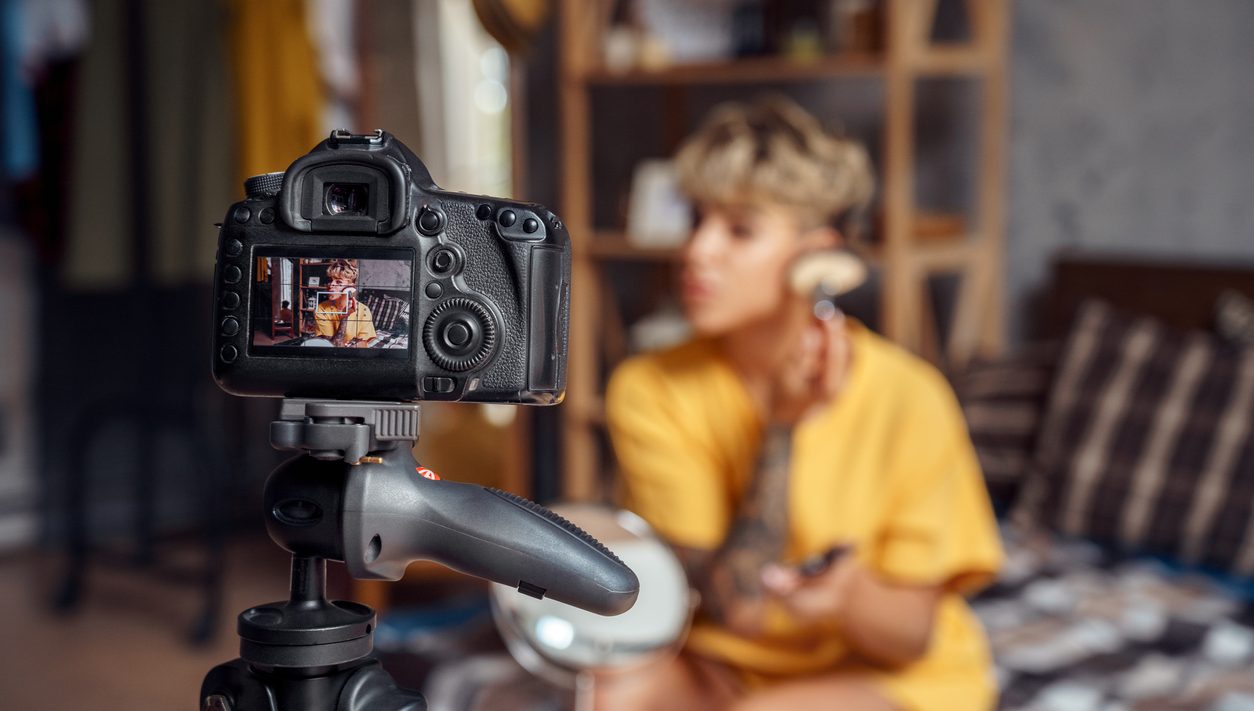Social media marketing is no longer an optional strategy for top brands. As experiences shift online, corporations must also make the most of their online presence.
Mary Keane-Dawson, Group CEO at TAKUMI, offers CEO Today her insight on how business leaders can take full advantage of the eCommerce boom.
The COVID-19 pandemic has forced thousands of businesses to adapt; restaurants have become takeaways, beer brands now manufacture hand-sanitiser, and motor racing teams have created ventilators.
However, for some sectors, the pandemic has accelerated trends that were already gathering steam before 2020. One sector which has been particularly impacted, is retail. With high street shops deserted, their online rivals have capitalised.
By Q3 last year, Amazon saw its earnings increase by 37%. Meanwhile, online fashion retailer ASOS’s profits rose by 329%, eventually prompting its purchase of Arcadia’s well-known high street brands – although notably not its physical stores. The decision is possibly a glimpse of the post-pandemic future and the start of an eCommerce revolution.
The rise of social media during the pandemic
With the pandemic forcing the closure of brick-and-mortar stores, businesses that previously had not prioritised social media were suddenly using it as their main channel to connect with a large and engaged consumer base.
Our whitepaper, Into the Mainstream: Influencer Marketing in Society, which surveyed over 3,500 consumers, marketers, and influencers across the US, UK, and Germany, found that almost three-quarters of marketers (73%) upped spend on influencer marketing in the past 12 months, with spending significantly increasing in the retail (79%), legal (79%), and manufacturing (75%) sectors.
With the pandemic forcing the closure of brick-and-mortar stores, businesses that previously had not prioritised social media were suddenly using it as their main channel to connect with a large and engaged consumer base.
Social media allowed brands to attract consumers and complete purchases in-app, including legacy platforms such as Instagram and Facebook as well as newer platforms like TikTok - the world’s most downloaded app in 2020.
The evolution of in-app purchasing
Developing successful in-app purchasing functions has long been an aim of social media firms – Facebook Pay was launched in late 2019, for instance. However, since the start of the pandemic, there has been greater urgency and focus channeled towards achieving this ambition across other platforms.
Until 2020, Instagram, for example, hadn’t taken the necessary steps to make this ambition a reality. But this changed in November last year, when the app launched a risky redesign which placed its newly launched Instagram Reels and Shopping tab front and centre.
In the coming years, we expect Instagram to incorporate Facebook Pay into its services to allow consumers to make one-click in-app purchases, and finally establish itself as the hub of social commerce. TikTok is also making similar moves in response to the influx of brands on the site. Last week, it announced that it will soon roll out eCommerce in the US market, pitting itself head-to-head with Facebook.
The short-form video app has reportedly briefed advertisers on a number of new features for 2021, including a tool that lets brands showcase a catalogue of their products on the platform, and a “livestreamed” shopping service where users can click and buy goods promoted by TikTok creators.
The rise of in-app purchasing and growth in consumer spending online will mean that social media increasingly becomes a vital tool for brands in the future.
[ymal]
How brands should work with influencers
However, many of the brands now relying on social media may not have experience of marketing in the space or using influencers to build their profile. This increases the risk of ineffective marketing spend at a crucial time when the purse strings have rarely been tighter.
Throughout the pandemic, we’ve learnt that brands must produce content which is compassionate, understanding and responsible. Despite the vaccine rollout, we are still in scary and unprecedented times. Any content deemed overly promotional or out-of-touch could lead to a backlash – for example, Kim Kardashian’s holiday pictures and Sheridan Mordew’s ‘essential’ trip to Dubai.
Social media creators can act as creative directors to help brands navigate this tricky online landscape. The most successful have been able to entertain users on TikTok when spirits were low; start sensitive mental health discussions on Instagram through lockdown; and educate through longer form YouTube content.
Brands will need to factor this into any influencer-led content, especially as our whitepaper, Trust, transactions, and trend-setters: The realities of influencer marketing, found that 67% of UK consumers would unfollow an influencer if they misrepresented themselves or their lifestyle and engaged in disingenuous brand partnerships.
The explosion of brands on social media during the pandemic has accelerated the development of in-app purchasing capabilities. Now, these developments mean that apps, like Instagram and TikTok, will be vital sales tools in the future – especially as brands increasingly transition to e-commerce. However, any brand looking to launch a social media and influencer marketing campaign must tailor their content to the consumer in order to thrive in an increasingly competitive market.











